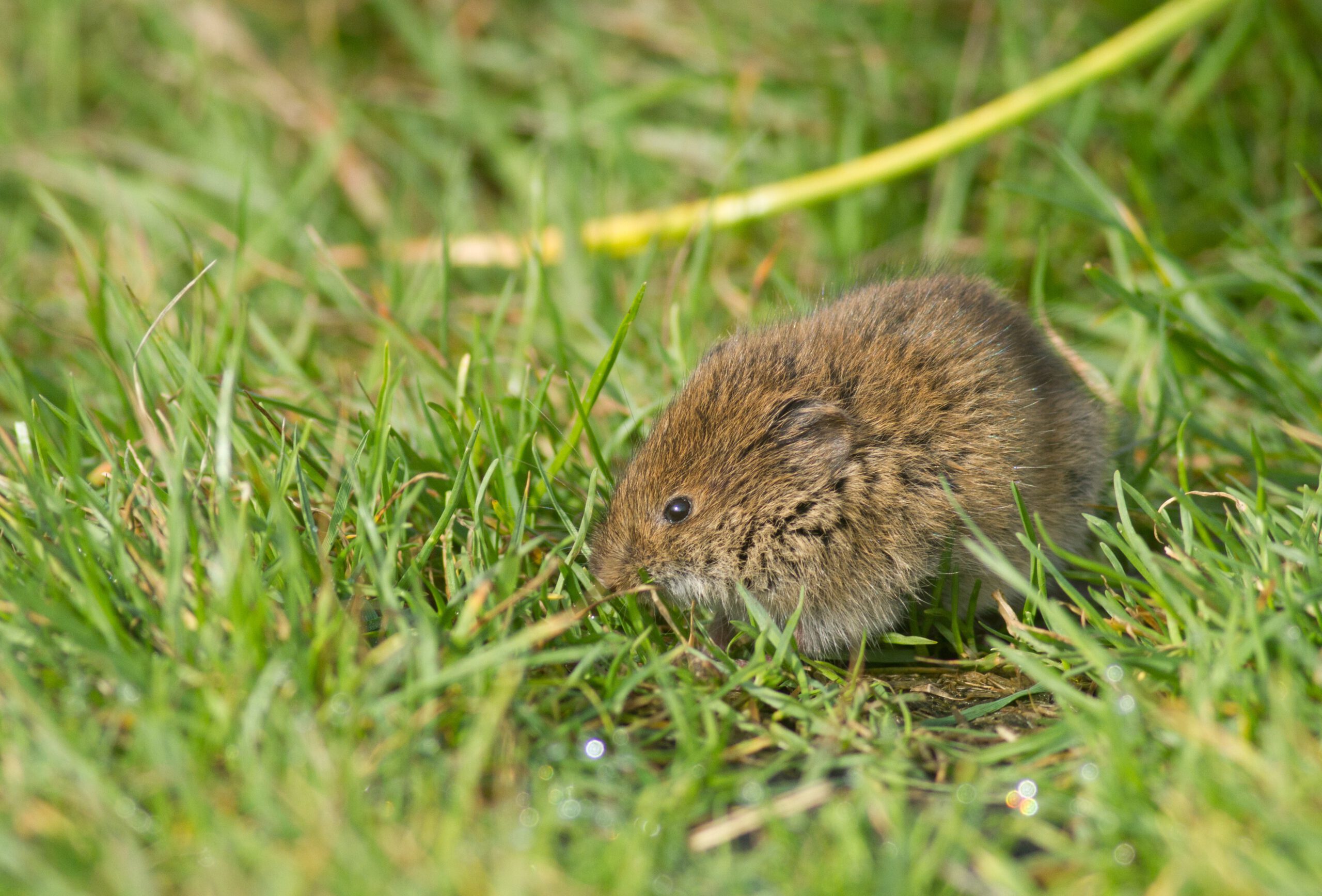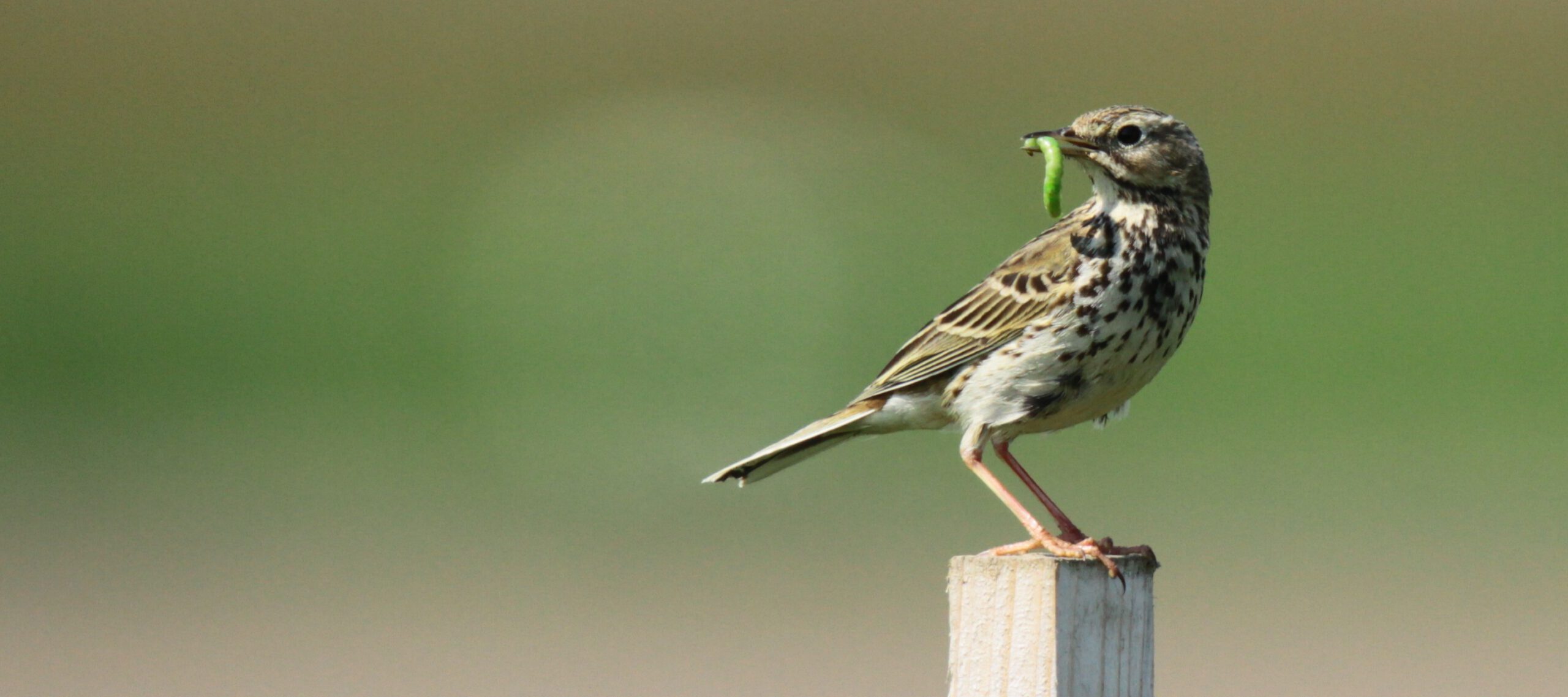Grasslands and other more or less densely vegetated open landscapes are rich in grasses, herbaceous plants, and sometimes dwarf shrubs (e.g. heathlands). Many grassland habitats are man-made as part of agricultural practices. The low vegetation provides food for plant eaters above and below ground. Plant quality greatly varies among different types of grassland, and the digestive tracts of plant eaters are adapted to that accordingly. Some herbivore animals, such as small rodents and insects, are staple food for predators.


These predators have found different ways to extract their prey from the soil or vegetation. The more open and lower the vegetation, the fewer places there are for prey to hide or safely build a nest, and the higher the predation risk. Thus, potential prey species are expected to be well-camouflaged and to have evolved effective strategies to escape predators, or to reproduce fast enough to make up for predation losses.
Explore how the supercharged back of the hare, adders carrying their babies, the bill tweezers of the godwit and much more enables life in the grasslands!
Animals of grasslands
Black-tailed godwit
Short-eared owl
Eurasian nightjar
European adder
European hare
Northern wheatear

